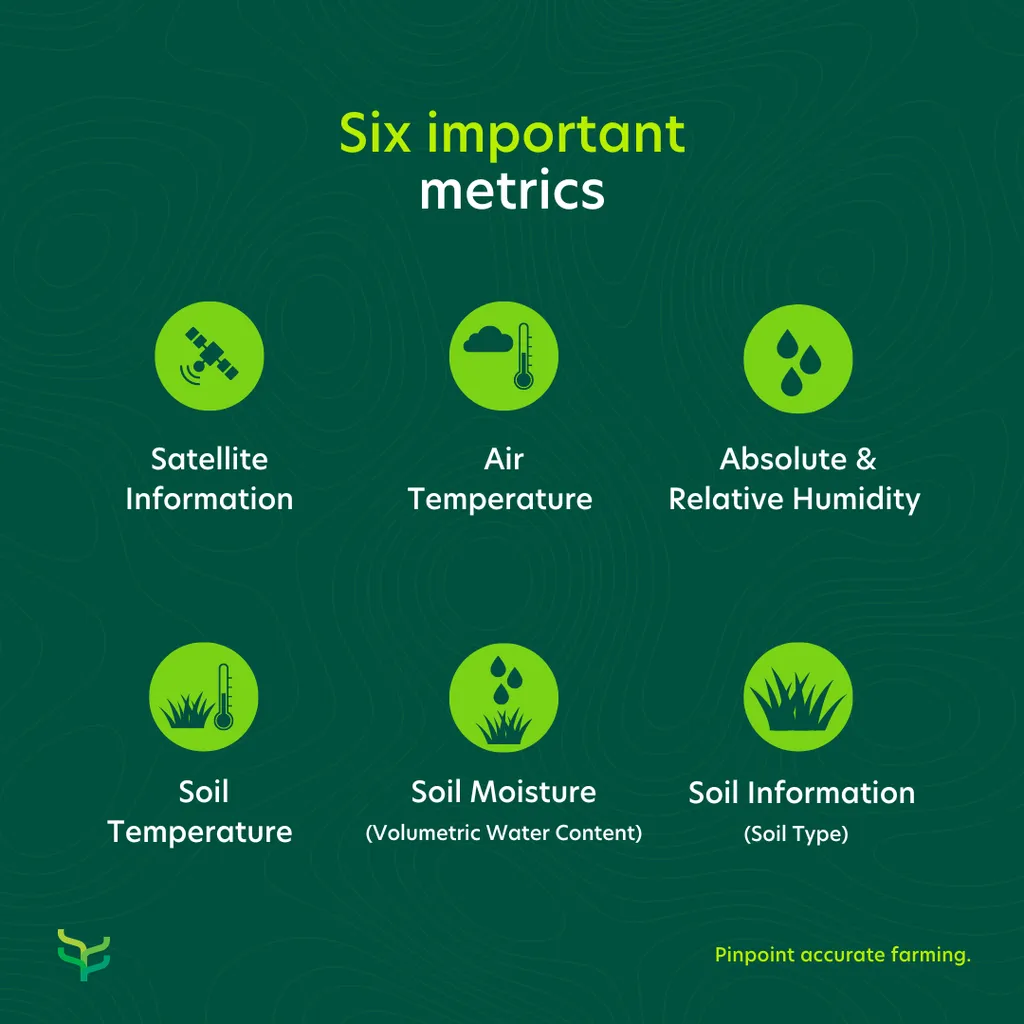In the ever-evolving landscape of precision agriculture, understanding the spatial variability of soil and agricultural attributes is paramount. A recent study published in the *Revista Brasileira de Ciência do Solo* introduces innovative metrics to quantify and classify this spatial dependence, potentially revolutionizing how farmers and agronomists approach field management.
The research, led by Enio Júnior Seidel, proposes two distinct approaches to measure spatial dependence: an additive method that considers the arithmetic mean of vertical and horizontal components, and a multiplicative method that uses the geometric mean. These new metrics, named Spatial Dependence Arithmetic Index (SDAI) and Spatial Dependence Geometric Index (SDGI), offer a dimensionless range between 0 and 100%, providing a clear and scalable measure of spatial variability.
“Our goal was to develop metrics that could effectively capture the complexities of spatial dependence in agricultural fields,” Seidel explained. “By doing so, we aim to provide tools that can enhance decision-making processes, ultimately leading to more efficient and sustainable farming practices.”
The study compares these new metrics with existing ones like the Spatial Dependence Degree (SPD), Integral Scales (J1 and J2), Mean Correlation Distance (MCD), Spatial Dependence Index (SDI), and Spatial Dependence Measure (SDM). The results are promising, with SDAI and SDGI showing slightly better correlations with performance measures such as Moran’s I, Mean Squared Error (MSE), and Kriging Variance (KV). Notably, SDAI1 and SDAI2 metrics excel in capturing the vertical and horizontal effects of the semivariogram, offering a more comprehensive understanding of spatial variability.
The commercial implications for the agriculture sector are significant. Precision agriculture relies heavily on accurate spatial data to optimize resource use, reduce costs, and increase yields. By providing more precise metrics for spatial dependence, farmers can better tailor their practices to the specific needs of their fields. This could lead to more efficient use of water, fertilizers, and pesticides, reducing environmental impact and improving profitability.
Moreover, the study includes a practical application by developing a function in R language to calculate these metrics and classify spatial dependence. This tool can be integrated into existing agricultural software, making it accessible to farmers and agronomists worldwide.
As the agriculture industry continues to embrace technology, the need for accurate and reliable spatial data becomes ever more critical. This research not only advances our understanding of spatial variability but also paves the way for more sophisticated and effective precision agriculture practices. By leveraging these new metrics, the agriculture sector can move towards more sustainable and efficient farming methods, ultimately benefiting both the environment and the bottom line.
The study, led by Enio Júnior Seidel and published in the *Revista Brasileira de Ciência do Solo*, represents a significant step forward in the field of precision agriculture, offering tools that could reshape how we approach spatial variability and field management.

